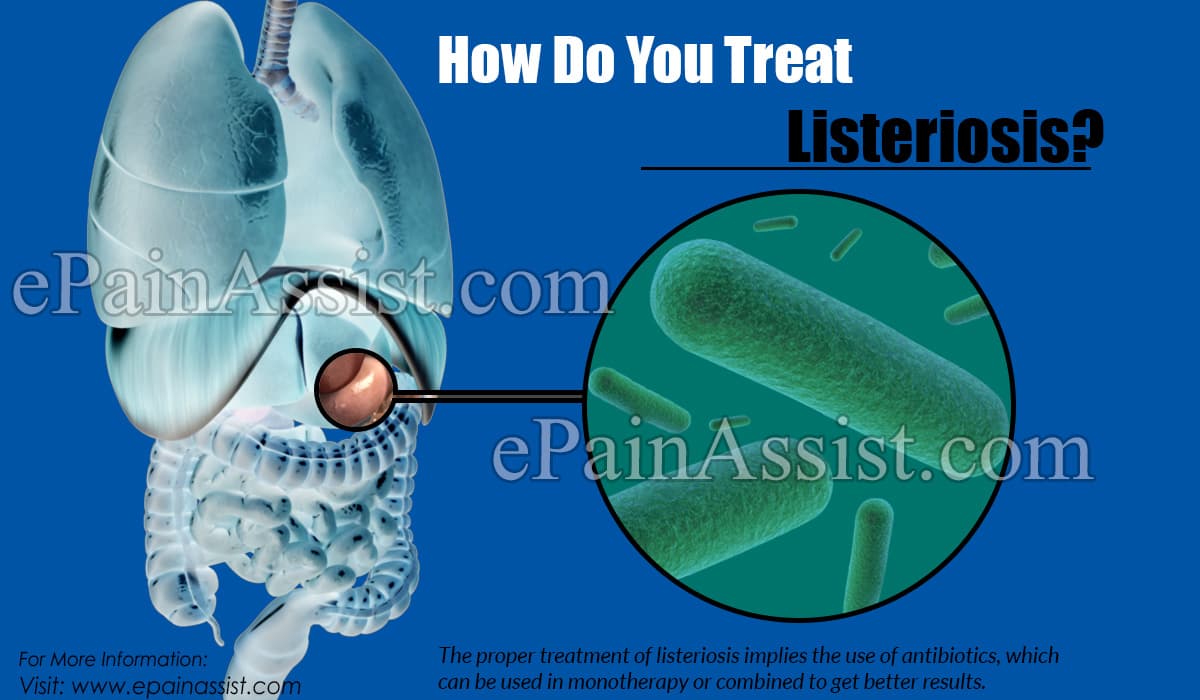Listeriosis is a disease caused by the bacterium Listeria monocytogenes. The infected person can remain as an asymptomatic carrier if possesses a capable immune system to fight against the bacteria, but in other cases, the listeriosis patient will present some symptoms that could be life threatening if not treated properly on time.
It is a microorganism of universal distribution, relatively resistant to refrigeration, dryness and extreme heat. The main reservoirs are soil, forage, water, silos and the gastrointestinal tract of birds, fish, and mammals including man. Infection is usually acquired through the ingestion of contaminated food, although the source cannot always be identified.
The majority of listeriosis cases are associated with the ingestion of unpasteurized raw meat, fish and vegetables and dairy products; also, have described buds with different preparations of cheeses, sausages, pates, ice cream and, in general, refrigerated products, without cooking or heating requirements prior to consumption. Newborns usually acquire the infection vertically, through the placenta or infected birth canal.

How Do You Treat Listeriosis?
The inadequate initial treatment of meningitis due to Listeria is associated in some studies with an increase in mortality, so the empirical guideline in immunosuppressed patients and in adults older than 60 years should include coverage against this microorganism. According to other studies, the evolution has been independent of the used treatment, so it seems that the prognosis is more related to the listeriosis patient’s situation.
Most antibiotics, including penicillins, act against L. monocytogenes. The aminoglycosides, glycopeptides, and cotrimoxazole are bactericidal.
Cephalosporins are not active and are a priority to be taken into account in the cirrhosis with peritonitis and in the empirical treatment of meningitis.

This intracellular pathogen has a great ability to elude host defense mechanisms and achieve persistence.
As a general rule for treating listeriosis, high doses will be used for a prolonged time, always having to identify the guideline depending on the type of patient and the evolution.
The recommended choice for in system infections of the central nervous system is associated ampicillin, at least -and if renal function allows it- the first 10 days, to gentamicin, since despite its poor concentration in cerebrospinal fluid the combination is synergistic. Although this potentiation is only extracellular and there are currently unsolvable doubts about whether that synergy has clinical significance.
There is also synergy with ampicillin and cotrimoxazole (this last one with greater blood-brain diffusion than gentamicin), with at least superimposable and probably greater efficacy as well as a lower risk of nephrotoxicity (it refers to renal toxicity). Another possible combination for listeriosis is cotrimoxazole plus rifampin, or isolated cotrimoxazole. These same guidelines are recommended in endocarditis and other severe forms, and in infections in immunosuppressed patients or neonates.
In pregnant women, ampicillin is the best option for listeriosis. As an alternative, cotrimoxazole may be used, except in the first trimester and in the last month.
Levofloxacin, meropenem, and linezolid are also active. Specifically, meropenem, although it is also bacteriostatic, has an excellent activity and could be used in monotherapy. The efficacy of vancomycin is irregular. Although some have advocated the use of clarithromycin and doxycycline in isolated bacteremia, they should never be used unless other listeriosis antibiotics cannot be used because they are bacteriostatic, their intrinsic activity is poor and resistance has been described.
Some listeriosis antibiotics that lack in vitro activity could be effective in vivo, as seems to be the case with fosfomycin. There are no clinical trials in this regard, and it is difficult that can be set in motion, among other causes, by the low incidence of the disease.
Resistance does not seem to be a problem in the treatment of listeriosis, although there are strains resistant to cotrimoxazole, tetracyclines, carbapenems, and gentamicin.
Conclusion
The proper treatment of listeriosis implies the use of antibiotics, which can be used in monotherapy or combined to get better results. The difficulties of treatment do not derive from mechanisms of acquired resistance but from the characteristics of the bacteria (persistence and tolerance) and the patients (immunosuppressed or weakened).
- Cossart, P. (2011). Illuminating the landscape of host–pathogen interactions with the bacterium Listeria monocytogenes. https://www.nature.com/articles/nrmicro2265
- Charlier, C., & Leclercq, A. (2017). Listeria monocytogenes. Clinical Microbiology Reviews. https://cmr.asm.org/content/30/2/409
- European Food Safety Authority (EFSA). (2021). The European Union One Health 2019 Zoonoses Report. https://www.efsa.europa.eu/en/efsajournal/pub/6406
- Hof, H. (2003). History and epidemiology of listeriosis. https://pubmed.ncbi.nlm.nih.gov/14627276/
- Allerberger, F., & Wagner, M. (2010). Listeriosis: a resurgent foodborne infection. https://www.ncbi.nlm.nih.gov/pmc/articles/PMC2957930/
- Bortolussi, R. (2008). Listeriosis: a primer. https://pubmed.ncbi.nlm.nih.gov/18443642/
- Charlier, C., Perrodeau, É., Leclercq, A., et al. (2017). Clinical features and prognostic factors of listeriosis: the MONALISA national prospective cohort study. https://pubmed.ncbi.nlm.nih.gov/28073962/
- Luque-Sastre, L., Melero, B., Jaime, I., Rovira, J., Vila, Y., Hossain, M. J., … & Rivas, A. L. (2020). Antimicrobial susceptibility of Listeria monocytogenes isolated from food and clinical cases in Spain between 2012 and 2016. https://pubmed.ncbi.nlm.nih.gov/31958543/
Also Read:
